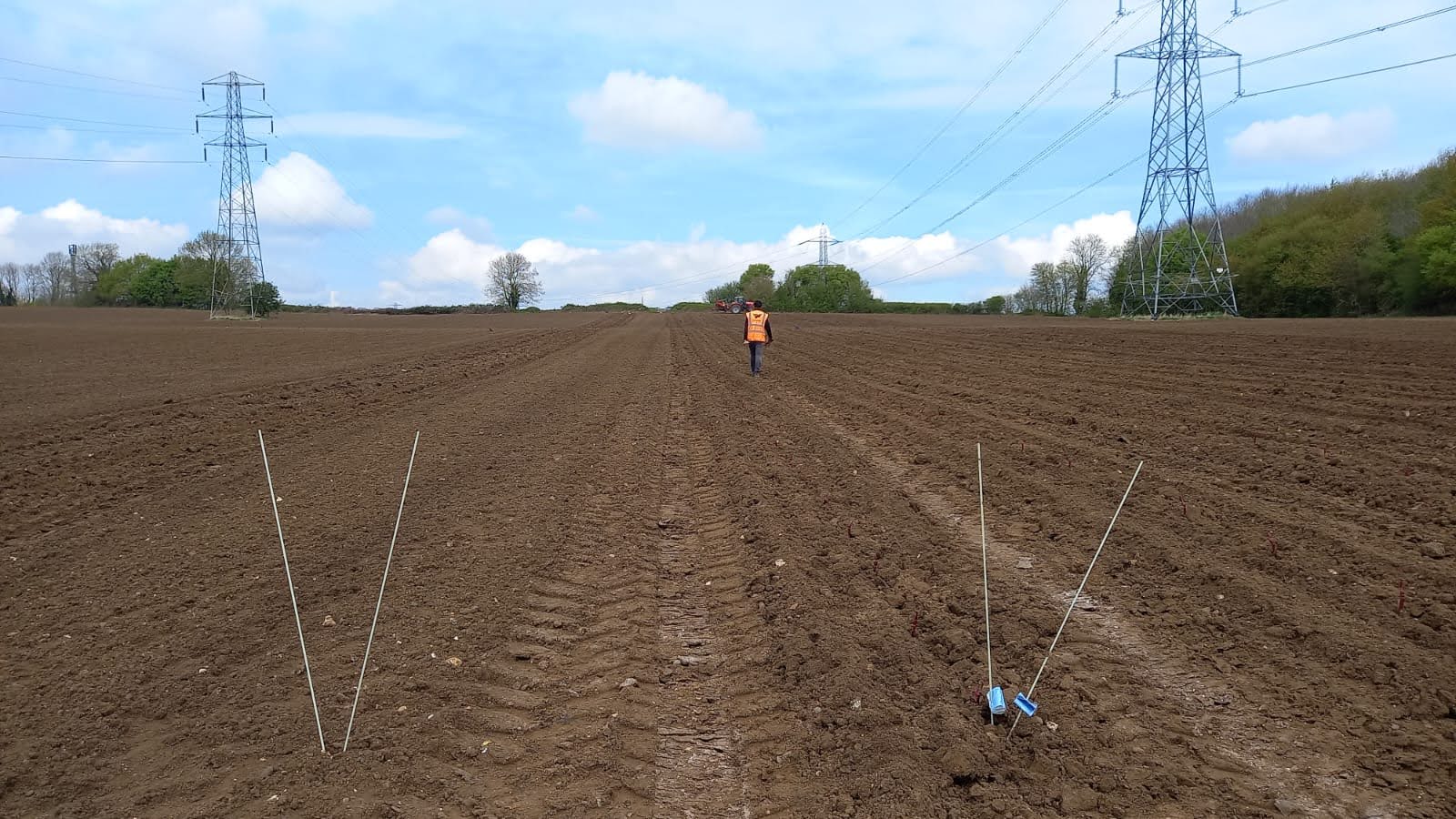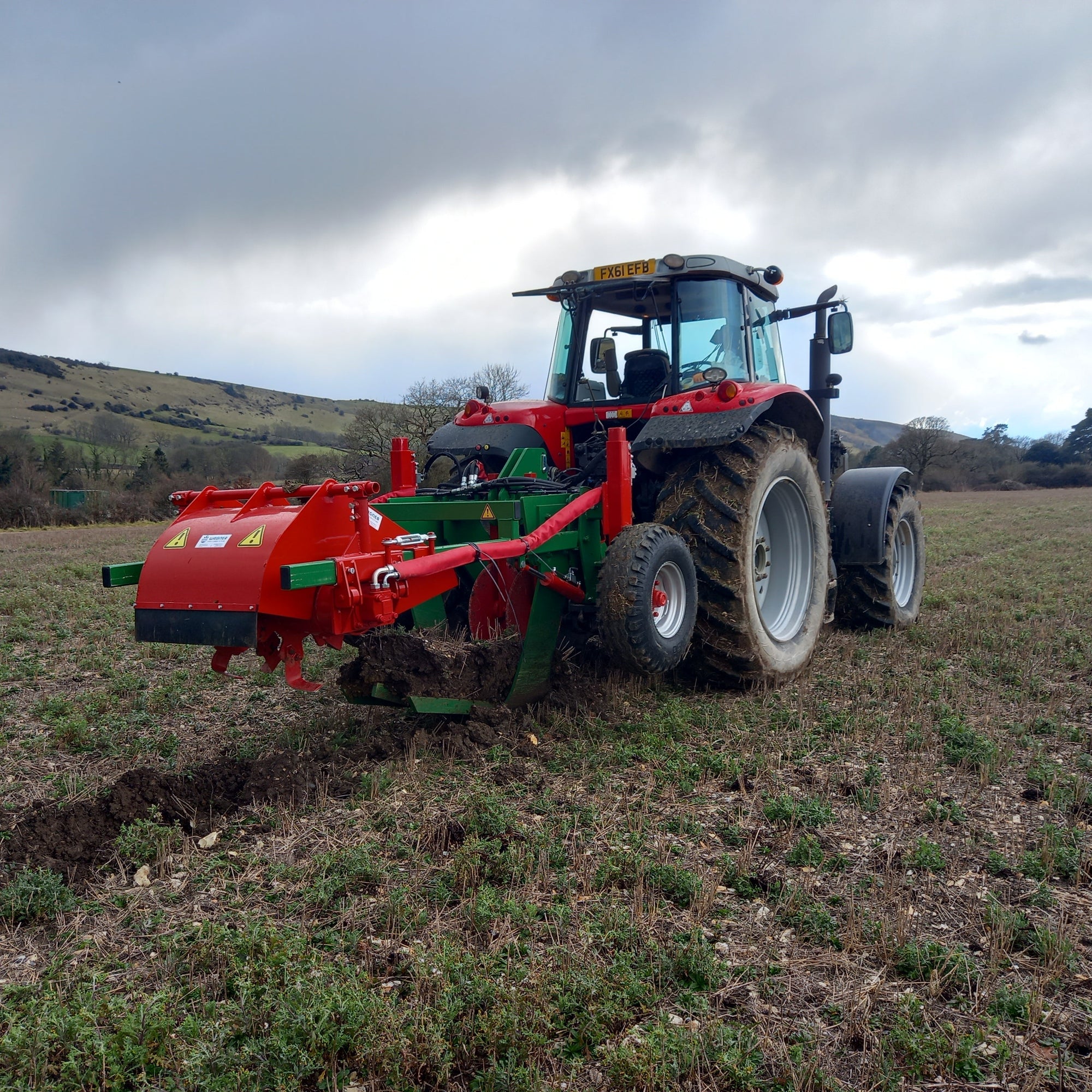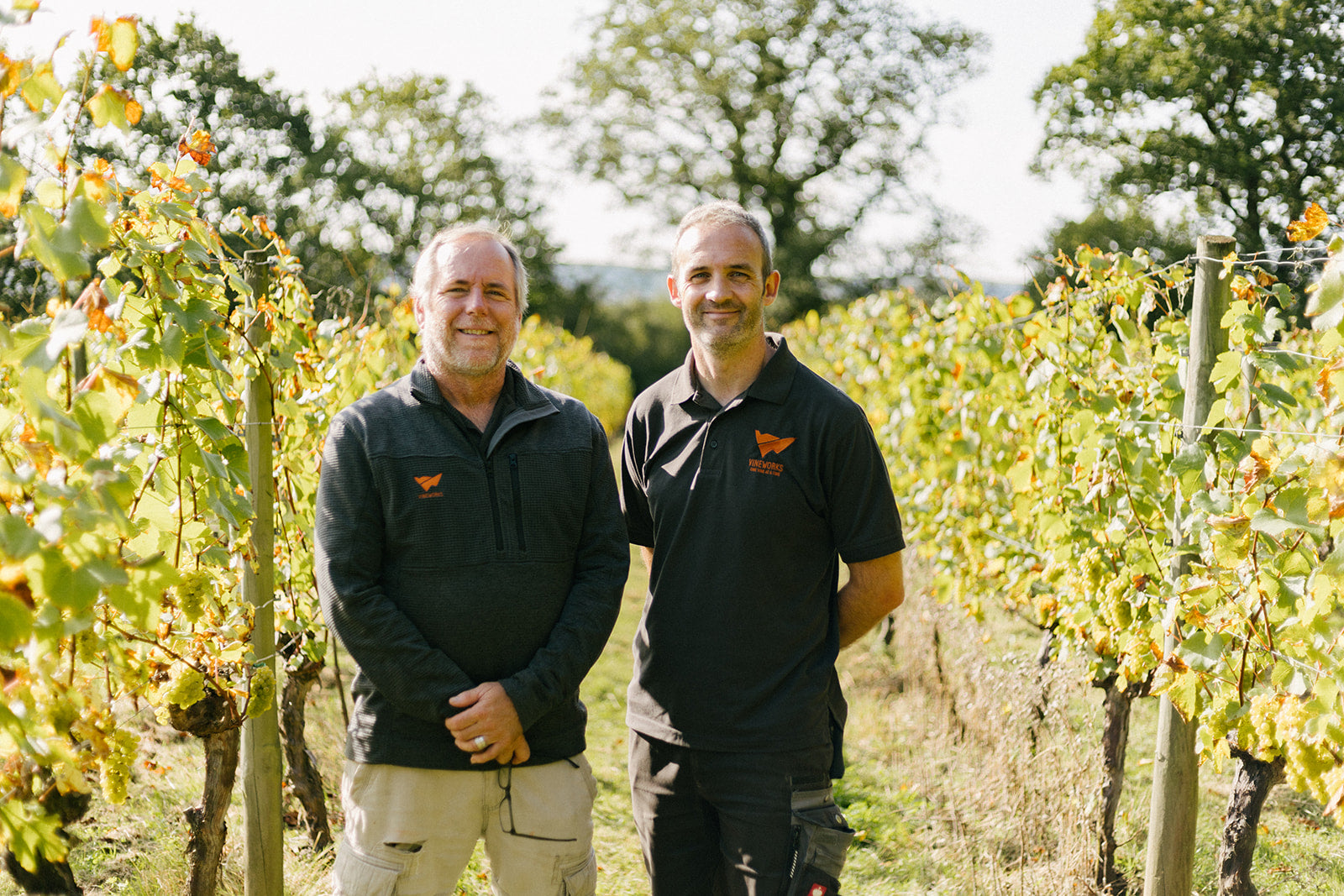

Grubbing Up and Re-Modelling Vineyards
Winter is the ideal time to grub-up and re-model vineyards to align with current and future market demands. Consumer preferences and climate conditions evolve, so grape varieties planted many years ago may no longer be suitable. Additionally, vines older than 25 years often see reduced yields, impacting their economic viability.
Grubbing up (removing old vines) or re-modelling a vineyard offers an opportunity to adapt for the future. Growers can choose to replant more successful varieties or switch to market-favoured options, such as disease-resistant cultivars or popular sparkling and still wine varieties. It also provides a chance to improve the vineyard layout to boost yield, enhance efficiency, mitigate issues like frost or wind, and prepare for future mechanisation by updating trellis materials and designs.
Planning
Re-modelling begins with thorough planning:
Market-Driven Variety Selection: Research consumer demand, wine styles, and the regional suitability of varieties, considering yield potential, ripening ability, and disease resistance.
Rootstocks: Choose rootstocks tailored to the UK’s climate and soils. Options like SO4 impart medium to high vigour, and 3309C impart low to medium vigour. For sites with high active calcium content, rootstocks such as 41B and Fercal are tolerant to these conditions.
Next-Generation Grapes: Explore Pilzwiderstandsfähige Reben (PIWI), such as Cabaret Noir or Souvignier Gris, which combine traditional flavours with modern resilience to disease and temperature extremes.
Climate and Soil Assessment: Conduct soil and climate analyses to guide planting decisions. Modern mapping tools help identify frost pockets and optimise sunlight exposure. Soil analysis determines rootstock suitability, nutrient requirements, and soil-borne pests, allowing for corrective measures or fallow periods of 1 to 3 years.
Timing: Grubbing up should occur post-harvest in late autumn or winter. During dormancy, vines are easier to remove, foliage is absent, and softer ground facilitates root mass extraction.
Removing the Old to Make Way for the New
Efficient removal of old vines and roots is crucial for replanting success.
Vine and Trellis Removal: Machinery offers the quickest removal method. Options include:
- Attaching chains attached from the linkage on a vineyard tractor.
- Using a 360° tracked mini excavator with a bucket to remove vines and trellis.
- Employing a purpose-built vine remover for larger vineyards after trellis posts are removed.
Material Recycling: Reuse trellis materials where possible, provided they meet the standards required for the new vineyard.
Soil Health Recovery: Address soil amendments or conditioning needs identified during planning. This may include adding nutrients or leaving the soil fallow.
Soil Preparation
Preparing the soil is as essential as it was during the vineyard’s initial planting.
Soil Conditioning: Use precision deep plowing to break compaction and improve drainage. Add compost or nutrients based on soil analysis to boost fertility and organic matter.
Water and Wind Management: With vines and trellising removed, it’s an opportunity to install drainage systems and plant windbreaks to enhance the vineyard’s microclimate.
A New Vineyard Design
Re-designing the vineyard allows growers to address past challenges and plan for future improvements, such as mechanisation.
Orientation and Layout: Align vines to maximise space, improve efficiency, and adapt row density for higher yields. Adjust headlands for machinery access and avoid frost-prone or poorly drained areas.
New Trellis Systems: Modify training systems and replace materials as needed to suit the new vineyard design.
Replanting
Replanting can be done by:
- Machine Planting: Ideal for larger sites with prepared ground and removed trellising. GPS-guided systems ensure precision.
- Hand Planting: Suitable for smaller sites, partial re-planting, or areas unsuitable for machinery. Typically performed using an auger.
By adopting modern varieties and practices, vineyard owners can create sustainable operations aligned with contemporary consumer preferences. Whether establishing a new vineyard or re-working an existing site, VineWorks offers support to guide you through the process, ONE VINE AT A TIME.



